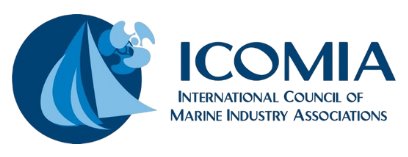RRG Category: Environment
Boat Licensing & Skippers Certificates Design, Construction, Compliance Environment Health & Safety/Exposure Levels Marinas and Harbours Operating Limits Product Liability Registration Regulations for charter boats Safety Equipment Taxation Zero Emission Zones
-
-
—
by
-
—
by
-
—
by
-
-
-
-
